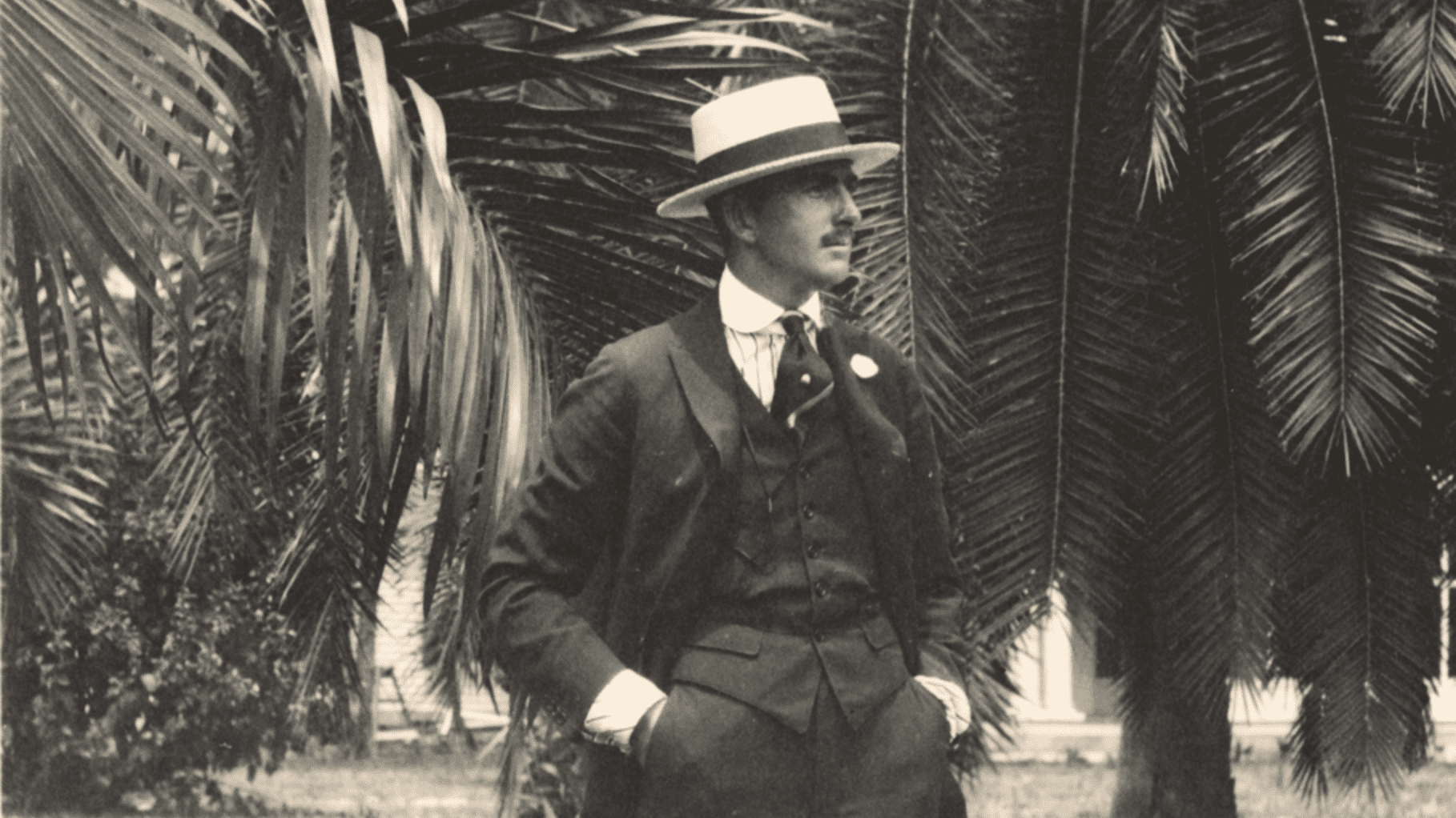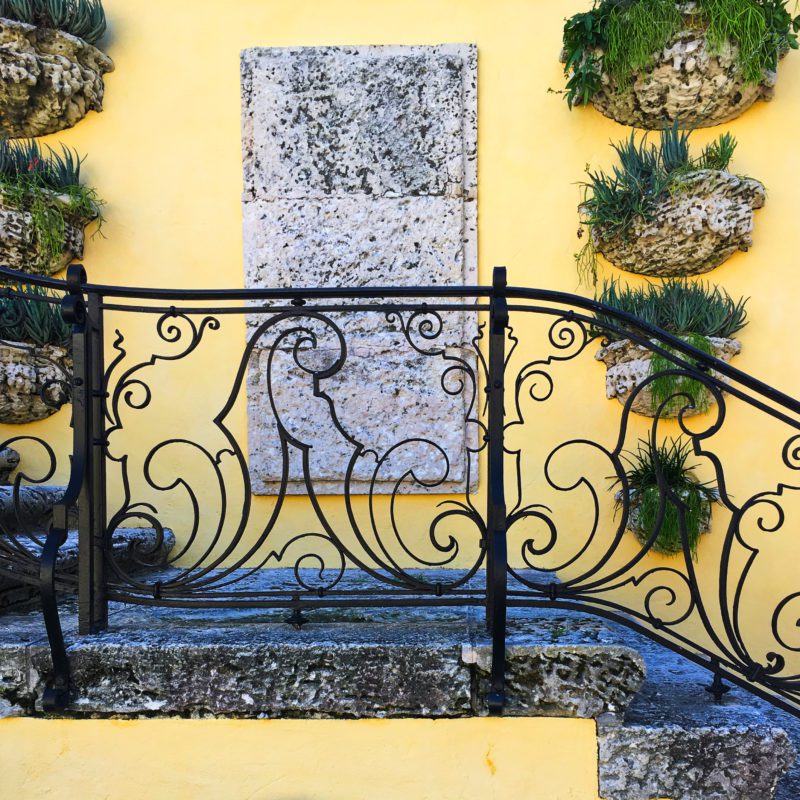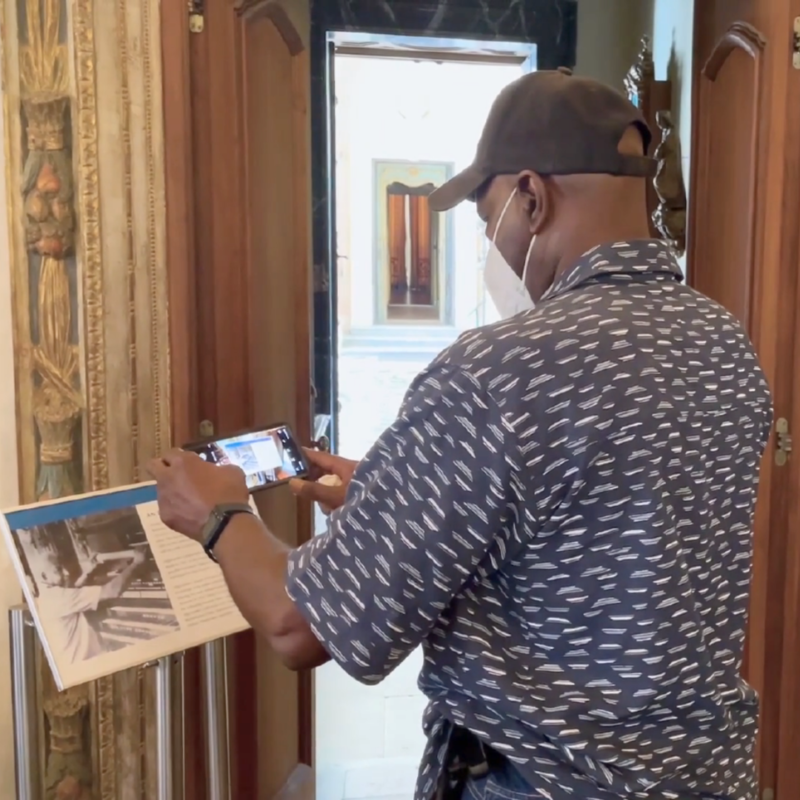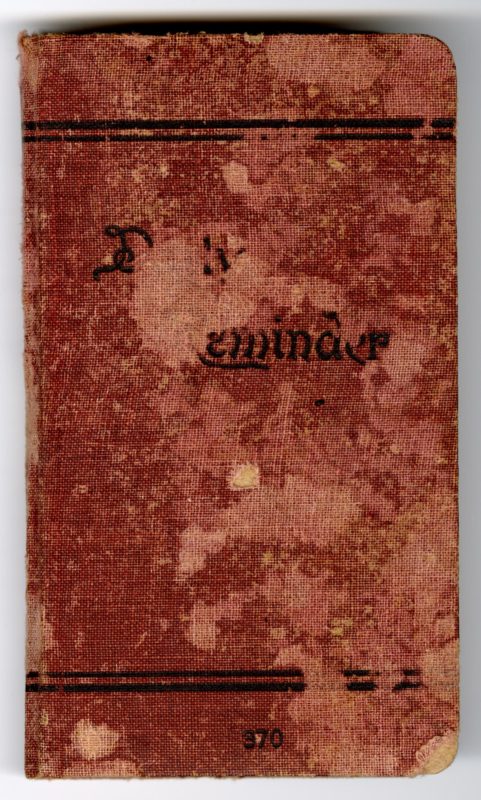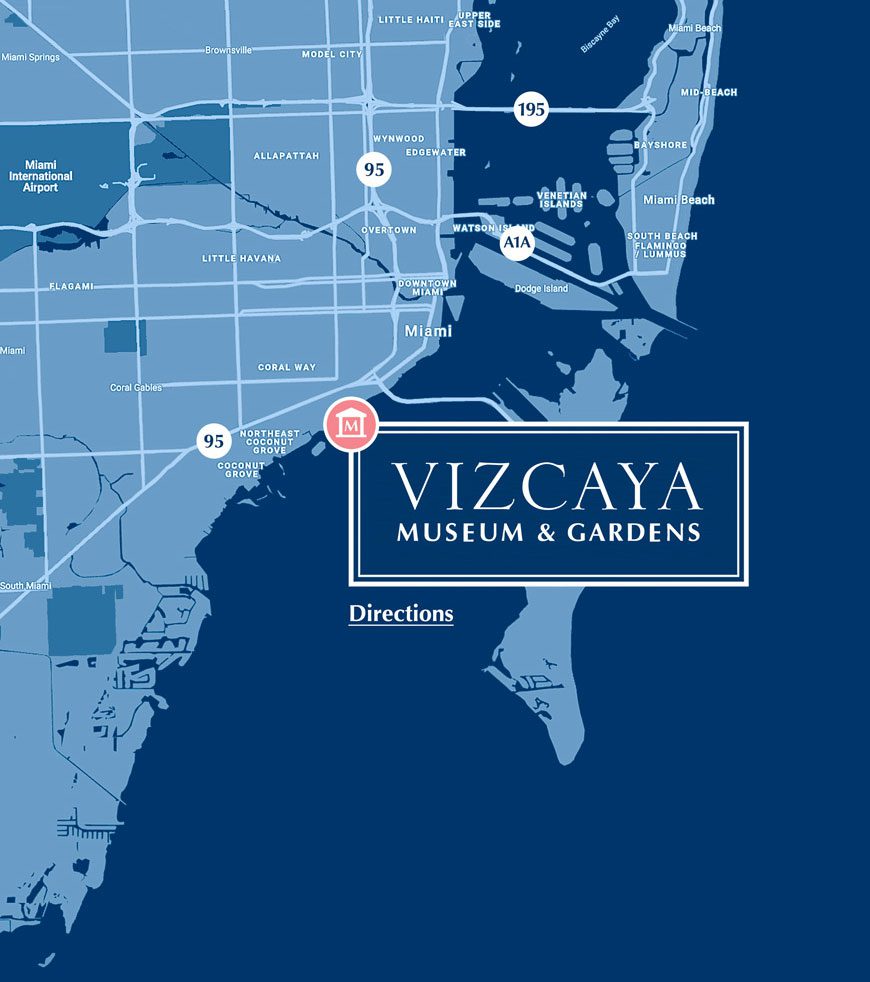To the manor born
Francis Burrall Hoffman, Jr. (1882–1980) came from an affluent, socially prominent New York family. He was educated at Georgetown and graduated from Harvard in 1903. He subsequently enrolled at the École des Beaux Arts in Paris, then the preeminent architectural training program in the world.
A foundation for fame
After graduating with honors, Hoffman returned to the United States to work in the offices of Carrère and Hastings, one of the leading Beaux-Arts architecture firms in the United States. Around 1909, he left Carrère and Hastings to establish his own practice in New York.
Vizcaya takes form
Paul Chalfin was not a trained architect and, in 1912, Deering hired Hoffman as Vizcaya’s architect of record. The two collaborated closely, and for a few years appeared as associate architects. Hoffman developed the plan of the Main House, creating a spatial framework for the decorative elements and artwork that Chalfin and Deering had already collected. Hoffman was up to the design challenge, but soon found himself caught between Chalfin and Deering, as the designer and client debated everything from the shape of the north garden stairs to the placement of specific statues.
A distinguished career
By 1917, after the completion of only the Main House, Hoffman left the project. He joined the army and left for France, where he served as a captain during the last year of the First World War. After the war, Hoffman went on to enjoy a long career as a residential architect for wealthy patrons, but Vizcaya remained his most noted accomplishment.


